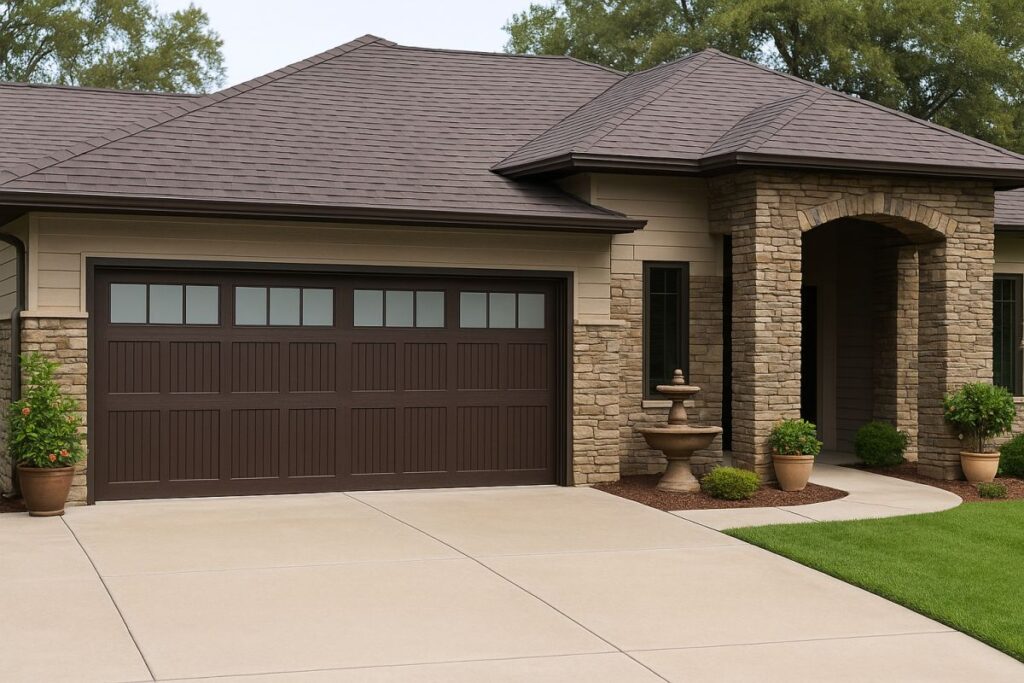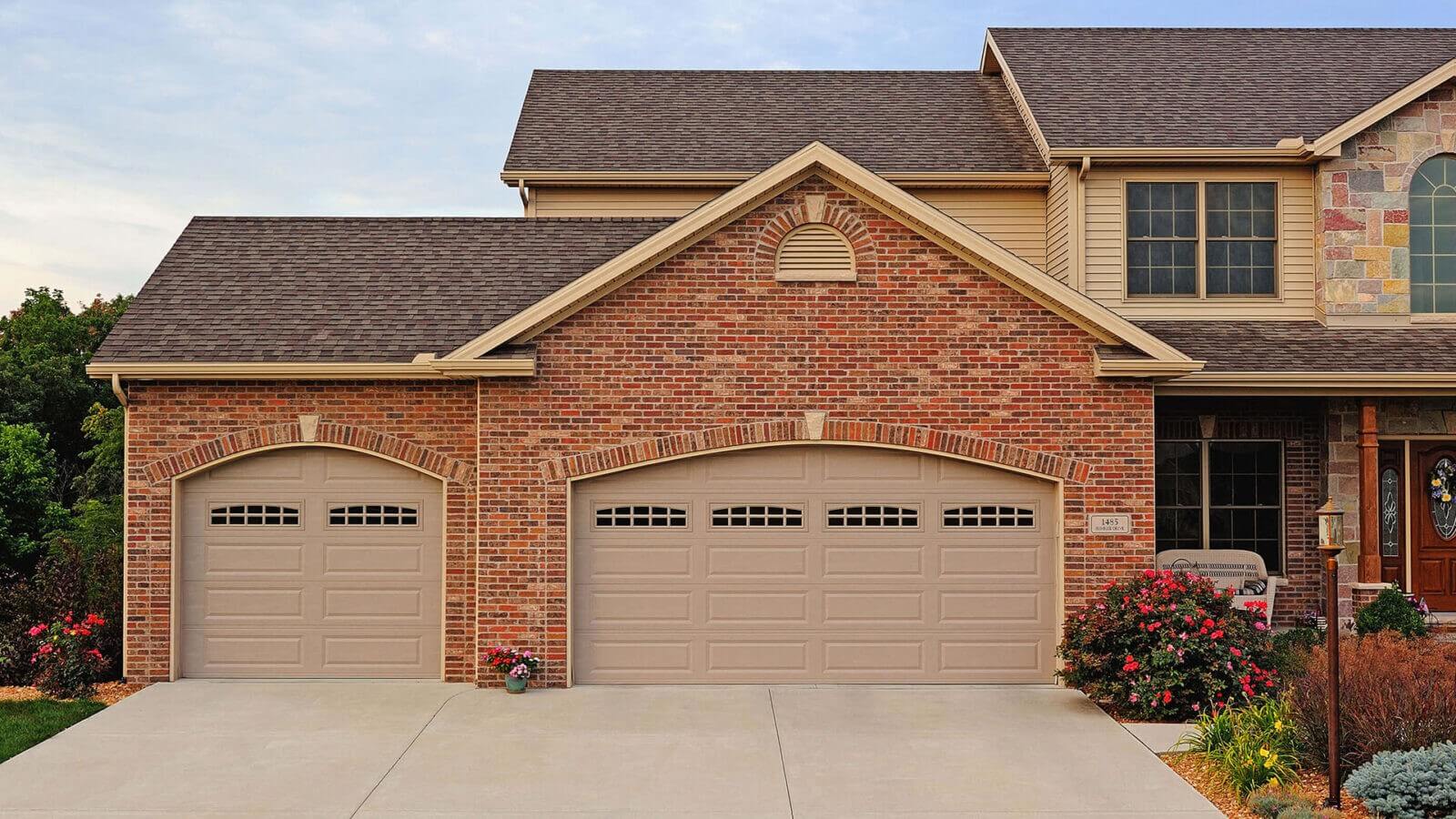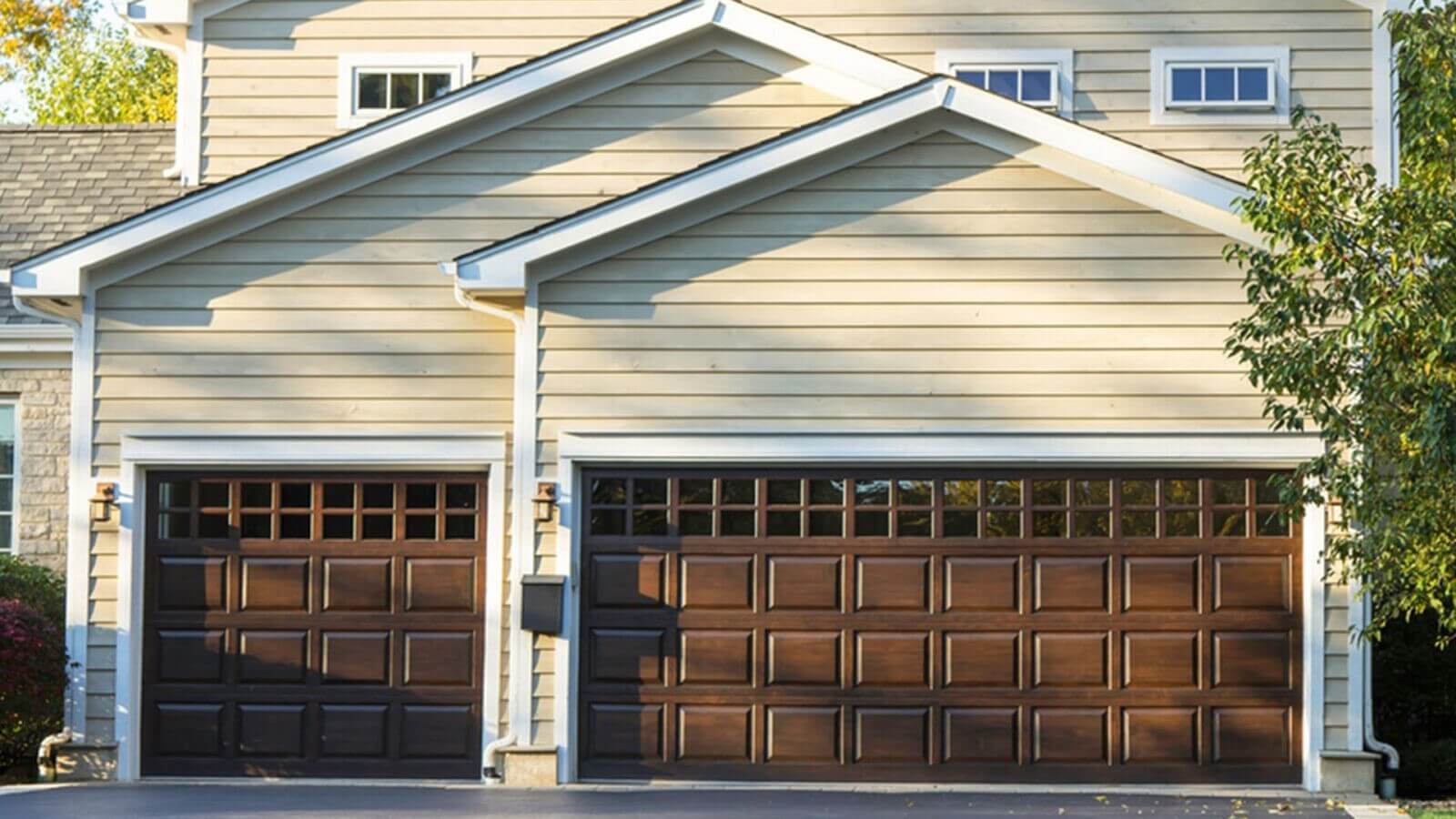From Malfunctions to Maintenance: A Comprehensive Guide to Garage Door Repairs and Costs
Introduction
Garage doors play a crucial role in the security and functionality of our homes. They protect our vehicles, belongings, and even serve as a secondary entrance. However, like all mechanical systems, garage doors can malfunction over time. Understanding how to navigate the complexities of garage door repairs not only saves you money but also ensures the safety and reliability of this essential home feature. In this article, we will explore everything from common malfunctions to preventive maintenance strategies, along with a clear breakdown of costs associated with garage door repairs.
Understanding Garage Doors: Types and Mechanics
The Anatomy of a Garage Door
Garage doors consist of various components that work together seamlessly. Some key parts include:
- Panels: The large sections that make up the door itself.
- Tracks: The metal channels that guide the door's movement.
- Rollers: Small wheels that slide along the tracks.
- Springs: The tension mechanisms that assist in lifting and lowering the door.
- Opener: The motorized device that controls the door's movement.
Types of Garage Doors
There are several types of garage doors available on the market, each with its own advantages Neighborly Garage Door Pros and disadvantages:
- Composed of multiple panels hinged together.
- Opens vertically along tracks.
- Made of slats that roll up into a coil above the opening.
- Ideal for spaces with limited ceiling height.
- Operate like traditional doors swinging outward.
- Require space in front for full operation.
- Slide open horizontally along a track.
- Useful for narrow driveways.
- Operate by tilting into the garage space.
- Simpler design but requires more clearance.
Common Garage Door Malfunctions
1. Door Won’t Open or Close
One of the most frustrating issues is when your garage door won’t respond at all. This can stem from several problems:


-
Power Issues: Check if there's power to your opener; it may just need plugging back in or replacing batteries in your remote control.
-
Obstructions in Tracks: Dirt or debris might be blocking the tracks, preventing smooth movement.
2. Noisy Operation
A noisy garage door can indicate underlying problems such as:
- Worn-out rollers or hinges
- Lack of lubrication on moving parts
- Loose hardware vibrating during operation
3. Misalignment Issues
If your door appears crooked when closing or opening, it could be misaligned due to:
- Damaged tracks
- Worn-out springs
- Improper installation
4. Remote Control Malfunction
Sometimes it's not about the garage door itself but rather its controller. If your remote isn’t working:
-
Try changing its batteries first.
-
Ensure you're within range and facing the sensor.
Diagnosing Your Garage Door Issues
Troubleshoot Common Problems
Before calling for professional help, you can perform some basic troubleshooting:
When to Call a Professional?
If you've exhausted DIY options without success, it’s time to search for “garage door repair near me.” Professional technicians have expertise and tools necessary for comprehensive repairs.
From Malfunctions to Maintenance: A Comprehensive Guide to Garage Door Repairs and Costs
Regular Maintenance Tasks
To keep your garage door functioning optimally, regular maintenance is vital:
Signs You Need Professional Help
Be vigilant about any changes in performance; here are signs indicating you may need professional assistance:
- Sudden increase in noise levels during operation
- Delayed response from remote controls
- Visible physical damage to panels or tracks
Understanding Repair Costs for Garage Doors
Factors Affecting Repair Costs
Several factors influence how much you'll pay for garage door repairs:
Type of Repair Needed: Simple fixes like lubricating hinges cost less than replacing springs or panels.
Labor Costs: Rates vary by location; urban areas may charge more than rural ones.
Parts Replacement: New parts come at different prices depending on quality and brand.
Average Cost Breakdown Table
| Service | Estimated Cost Range | |-----------------------------|----------------------| | Basic Tune-Up | $50 - $100 | | Spring Replacement | $200 - $300 | | Panel Replacement | $100 - $400 | | Opener Repair | $100 - $250 | | Full System Replacement | $800 - $1500 |
DIY vs Professional Repairs: What’s Best?
Pros of DIY Repairs
Taking matters into your own hands can save money if done correctly:

You learn valuable skills about home maintenance.
Immediate responsiveness—no waiting on professionals.
Cons of DIY Repairs
However, consider these risks involved with DIY efforts:
Potentially dangerous situations—especially with heavy doors and high-tension springs.
Mistakes could lead to more significant issues down the line, increasing overall repair costs later on.
FAQs About Garage Door Repairs
Q1: How often should I service my garage door?
Regularly servicing every six months is ideal.
Q2: Can I repair my garage door myself?
Yes, but be cautious; some repairs require professional expertise.
Q3: What causes my garage door opener to stop working?
It might be due to power issues or faulty wiring.
Q4: How do I know if my springs need replacement?
Look for visible wear or if your door doesn’t stay up when lifted manually.
Q5: Are there warranties on repaired parts?
Yes, many companies offer warranties on their parts—always ask!
Q6: Is it worth investing in an automatic opener?
Absolutely, they add convenience—just ensure proper installation.
Conclusion
Garage doors are vital components of our homes that require attention and care just like any other part of our living space. Understanding potential malfunctions helps you become proactive instead of reactive when issues arise—and knowing when it's best to call “garage door repair near me” can save you time and stress down the road.
By following regular maintenance tips outlined here in "From Malfunctions to Maintenance: A Comprehensive Guide to Garage Door Repairs and Costs," you’ll not only enhance your safety but also prolong the life span of your garage system while keeping costs manageable! So roll up those sleeves (or pick up that phone) because whether you're tackling repairs yourself or enlisting help from qualified professionals—it’s time take charge!